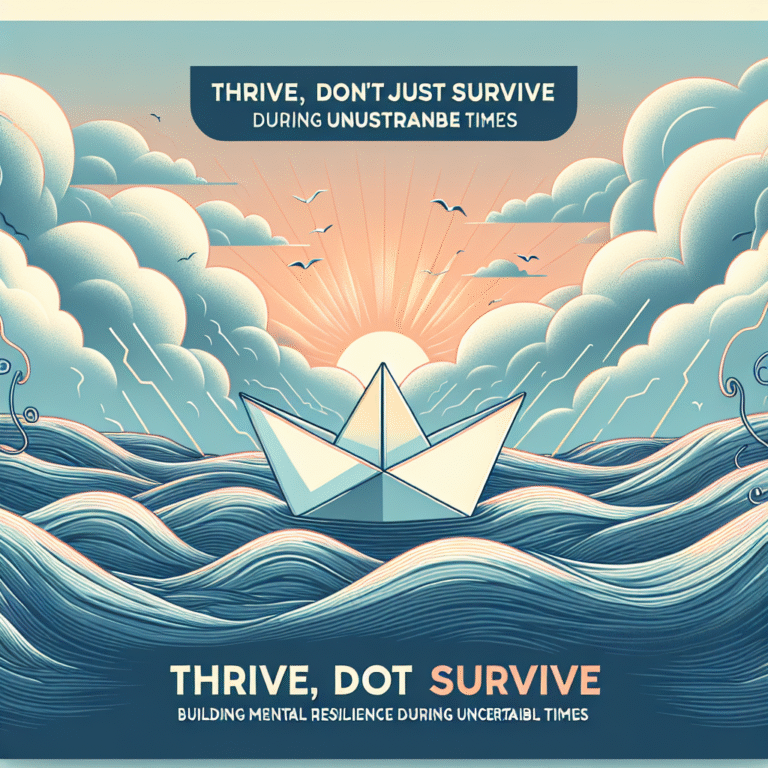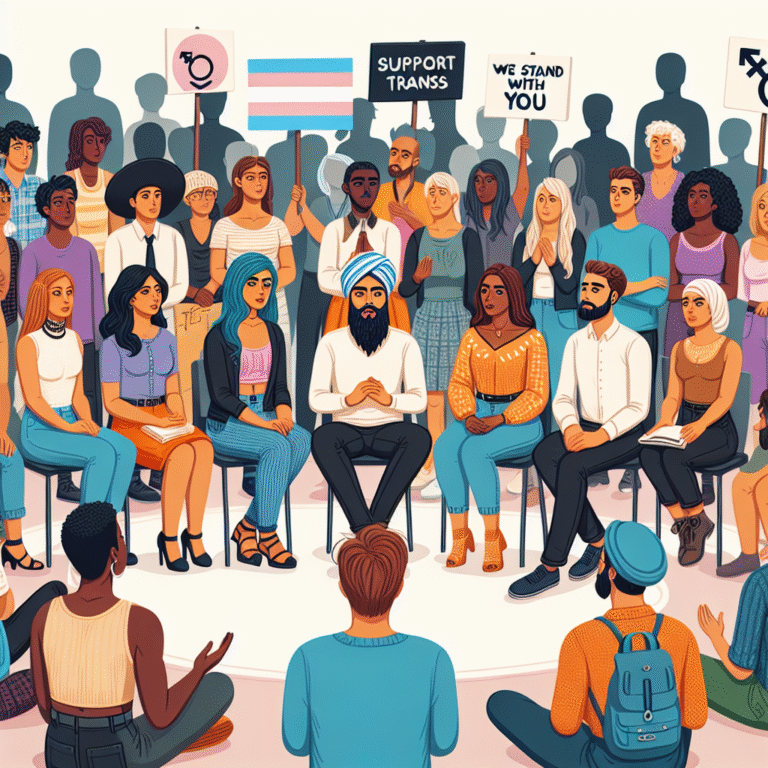
Behavioral Psychology in Action: Key Case Studies and Their Essential Implications
Introduction
Imagine a world where understanding human behavior not only helps us to predict actions but also enables us to enhance well-being, productivity, and social interaction. Welcome to the fascinating realm of behavioral psychology! This field delves into the intricate patterns of how behavior is formed, influenced, and transformed, providing profound insights into our decision-making processes. Within this article, we will explore Behavioral Psychology in Action: Key Case Studies and Their Essential Implications that illuminate the relevance of this science in our everyday lives. By examining real-world applications, we uncover the incredible power of behavioral psychology to change lives, influence policy, and even reshape economies.
The Foundations of Behavioral Psychology
Behavioral psychology, often referred to as behaviorism, emphasizes observable behaviors over internal mental processes. This branch of psychology draws upon the theories of several key figures, such as B.F. Skinner, John B. Watson, and Albert Bandura. The foundational concepts include:
- Operant Conditioning: A method of learning that employs rewards and punishments for behavior.
- Classical Conditioning: A learning process that occurs through associations between an environmental stimulus and a naturally occurring stimulus.
- Social Learning Theory: A theory that emphasizes learning through observation and imitation.
Understanding these foundational elements sets the stage for analyzing how behavioral psychology is applied in real-life scenarios.
Case Study 1: The Impact of Reinforcement on Learning
Overview
A notable application of Behavioral Psychology in Action can be seen in classroom settings, particularly through operant conditioning. A prime instance occurred at a middle school in Chicago where teachers implemented a reward system to improve student engagement.
Implementation
Teachers introduced a point system: students could earn points for participation, homework completion, and positive behavior. Accumulated points could be exchanged for tangible rewards, such as extra recess time or homework passes. The method used positive reinforcement to motivate students.
Results
After implementing this system, participation rates soared from 60% to 95% in just two months. The increased engagement not only enhanced academic performance but also improved overall classroom behavior.
Relevance and Analysis
This case exemplifies the power of positive reinforcement as a tool in behavioral psychology. The implications of rewarding desired behaviors can extend far beyond educational settings; in workplaces, parental strategies, or even therapy sessions, these principles can help reinforce productivity and positive habits.
Case Study 2: The Role of Cognitive Dissonance in Consumer Behavior
Overview
In the 1950s, psychologist Leon Festinger proposed the theory of cognitive dissonance, which describes the mental discomfort experienced when holding contradictory beliefs or values. A fascinating application of this concept is found in marketing and consumer behavior.
Implementation
A classic example is the "buyer’s remorse" phenomenon. Marketing experts at a top electronics company recognized that customers who purchased high-end products often experienced dissonance if they later encountered cheaper alternatives. To combat this, they implemented strategies that reaffirmed the customer’s decision through follow-up emails highlighting the product’s benefits and features.
Results
Customer retention increased by 30% after follow-up communication was introduced. Consumers reported high satisfaction levels, mitigating any post-purchase regret and enhancing brand loyalty.
Relevance and Analysis
This case illustrates how cognitive dissonance can be leveraged in business. By proactively addressing potential dissonance, companies can strengthen customer relationships and foster trust, demonstrating that understanding human psychology is essential for successful marketing strategies.
Case Study 3: Social Proof and Group Dynamics
Overview
The principle of social proof, popularized by psychologist Robert Cialdini, asserts that individuals tend to copy the actions of others in an attempt to undertake behavior in a given situation. A striking application of this principle was seen in a campaign launched by a public health organization.
Implementation
To encourage healthy living, the organization released a campaign featuring testimonials from community members who had successfully adopted healthier lifestyles. They shared their stories through social media platforms and local events, highlighting the choices that led to improved health.
Results
Engagement with the health initiative surged, with an increase of 50% in participants who attended community health workshops. This shift in behavior resulted in a measurable decrease in obesity rates in the area over the following year.
Relevance and Analysis
This case study reveals the power of social influence in shaping behavior. The implications for public health campaigns and social marketing are profound, suggesting that leveraging community norms and testimonials can lead to significant behavioral shifts.
Case Study 4: Habit Formation through Nudging
Overview
Nudging refers to subtle changes in the environment that influence people’s decisions without restricting choice. A striking example illustrated in Behavioral Psychology in Action comes from a study conducted within a large university cafeteria.
Implementation
The cafeteria management team made simple adjustments by placing healthier food options at eye level while placing less healthy options in less visible locations. Additionally, they provided smaller portion sizes and encouraged the use of reusable containers for takeout.
Results
The changes resulted in a notable 20% increase in the selection of healthier food options among students. This simple nudge had a powerful effect on their dietary choices.
Relevance and Analysis
This case demonstrates how small environmental changes can lead to significant habit formation and healthier decisions. It emphasizes the importance of designing choices in ways that promote healthier behaviors, impacting public health strategies and policy-making.
Case Study 5: Behavioral Economics and Financial Decision Making
Overview
Behavioral economics merges psychology and economics, focusing on understanding the effects of psychological factors on economic decision-making. A noteworthy case study can be observed in the context of retirement savings.
Implementation
A prominent financial organization adopted an automatic enrollment system for retirement plans. Employees were automatically enrolled in savings plans unless they opted out, a behavior influenced by the concept of status quo bias, where people tend to stick with the current or default choices.
Results
The program led to a dramatic increase in retirement plan participation rates—from 40% to nearly 90%—in the first year alone. Those who remained enrolled saved significantly more for retirement compared to previously voluntary participants.
Relevance and Analysis
This case exemplifies the effective application of behavioral psychology principles to encourage better financial behaviors. It underscores the importance of designing policies that leverage human tendencies, which can lead to secure financial futures for individuals and reduced reliance on social welfare.
Conclusion
The field of behavioral psychology is both dynamic and relevant as it sheds light on the intricacies of human behavior across various contexts. Through our exploration of Behavioral Psychology in Action: Key Case Studies and Their Essential Implications, we have highlighted the considerable influence that behavioral principles have in education, marketing, public health, workplace dynamics, and economic decision-making.
By understanding and applying these principles, we empower individuals, organizations, and communities to make positive changes and promote better outcomes. As you navigate your daily life, consider how the insights gained from behavioral psychology can enhance your decision-making, influence your habits, and inspire those around you.
FAQs
1. What is behavioral psychology?
Behavioral psychology focuses on understanding and altering observable behaviors rather than internal mental states. It employs principles such as conditioning and reinforcement to shape behavior.
2. How can behavioral psychology improve educational settings?
By applying principles like positive reinforcement and operant conditioning, teachers can enhance student engagement and academic performance, as illustrated by our first case study.
3. What role does cognitive dissonance play in consumer behavior?
Cognitive dissonance can lead to buyer’s remorse, affecting customer satisfaction. Brands can mitigate this through follow-up communication that reinforces purchasing decisions, as shown in our second case study.
4. How can public health initiatives use behavioral psychology?
By leveraging social proof and community testimonials, public health campaigns can motivate individuals to adopt healthier behaviors, leading to improved community health outcomes, demonstrated in our third case study.
5. What is nudging, and how is it applied in practice?
Nudging involves making subtle changes to the choice environment to encourage desired behaviors without restricting options, as demonstrated in our cafeteria example. It can effectively promote healthier decisions and habits.
In this article, we explored the compelling intersection of psychology and real-world applications, illustrating the remarkable potential of behavioral psychology. By recognizing and utilizing these principles, we can all work towards building a more informed, healthier, and productive society.

















